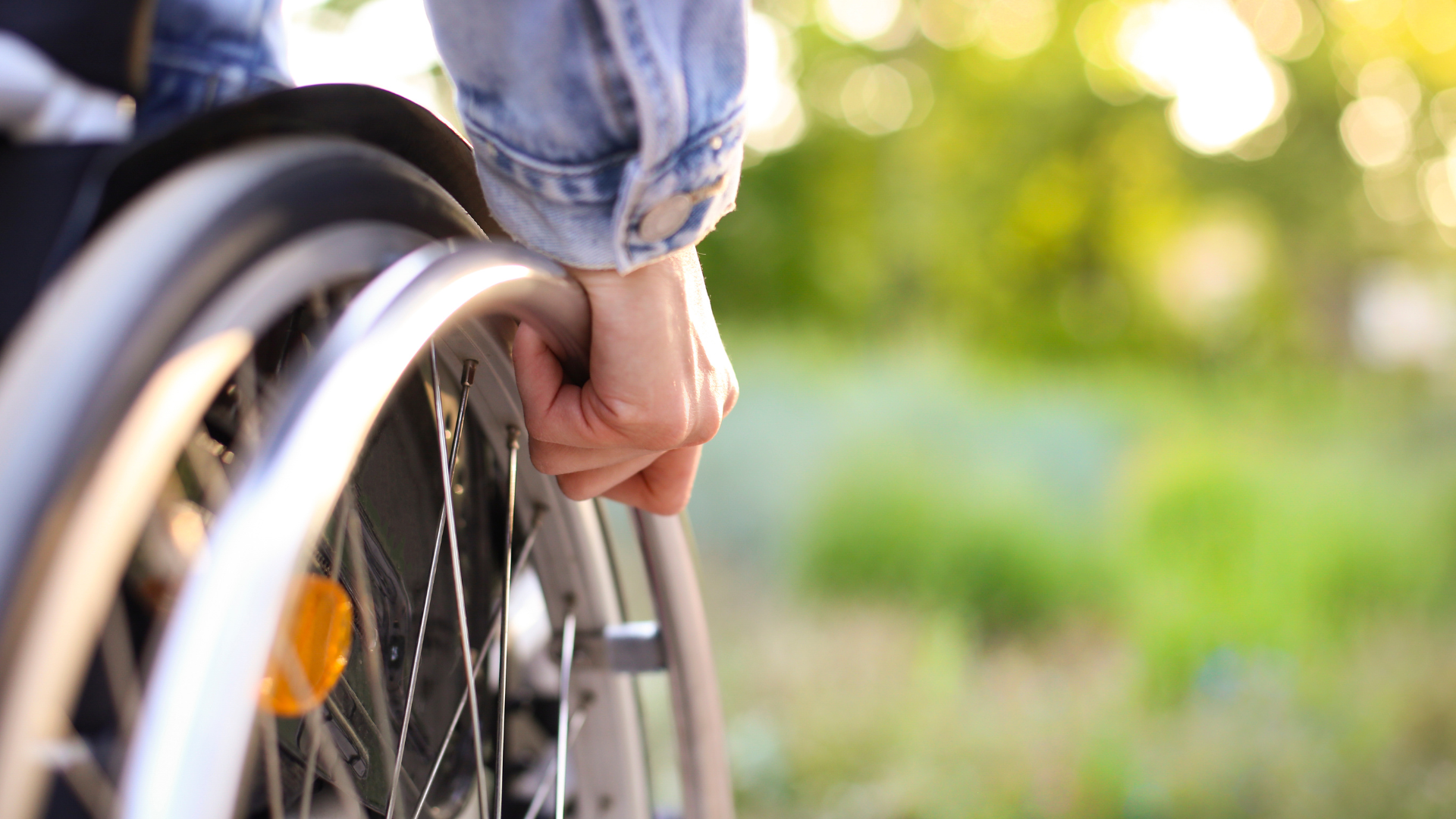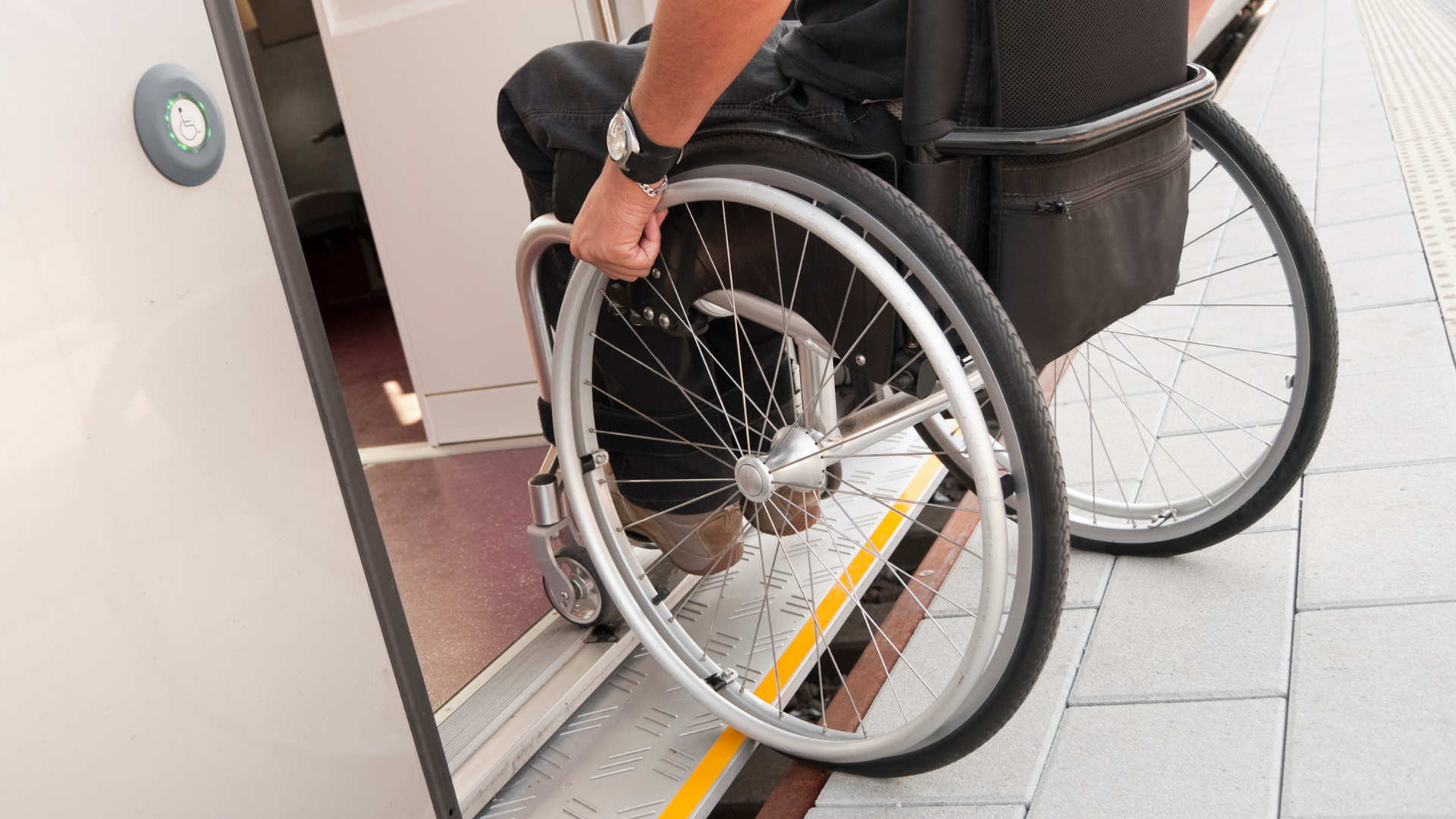In India, recognition of the role of gender identities in preservation of human rights, both in the context of judicial interpretation and cultural acceptance, began to gain significance since the verdict of NALSA v. Union of India came out in 2014. However, India falls short in addressing the emerging intersectional tangents in the arena of human rights. Even though disability rights began to gain recognition internationally as early as in 1975, The Persons with Disabilities (Equal Opportunities, Protection of Rights And Full Participation) Act was passed in India in 1995. Several critiques cropped up against the Act, regarding the insufficient legal protection associated with, inter alia, public employment and the non-inclusion of specific rights to women with disabilities. However, the amended version of the same Act came into effect, after a delayed period of about 21 years, in the year 2016, with the title Rights of Persons with Disabilities Act.
Gender and disability were not considered as interconnected to each other until the culmination of the Mexico Report in the first World Conference of the International Women’s Year, 1975 (Bantekas, Stein and Anastasiou, 2018). Eventually, this conceptualization influenced the formulation of the United Nations Convention on Rights of Persons with Disabilities (CRPD) which, in turn, formed the foundational basis for the Rights of Persons with Disabilities Act of 2016 in India. However, what we need to understand here is that gender is not limited to a binary connotation (Bantekas, Stein and Anastasiou, 2018).
World Health Organisation emphasizes that gender is shaped through cultural intervention and sex is a biological phenomenon limited to the natural laws (WHO). This has led to recognising gender as isolated from the confined parameters of sex. Some individuals who do not feel that their gender is aligned with their sex often experience distress and trauma while coming to terms with this reality (Buckwalter, 2017). There has been much debate on identifying gender dysphoria as a disability under the American Disabilities Act of 1990 but this move is still under contention (Levy and Barry, 2021). There have been similar discussions and contemplations in other places such as in Australia (Bell, 2015), Japan and China (Blom, 2016) with regards to the intersection of disability rights and gender inclusion. India has a long way to go.
Where Are The Indian Policies Ignorant?
The Rights of Persons with Disabilities Act, 2016 (RPWD) rightfully highlights ‘women and children with disabilities’ as a special class of disabled individuals requiring additional protection, but there is absence of any special provision signifying the need for addressing disability rights of persons who identify as genderqueer, transgender or intersex. They are regularly subjected to aggravated discrimination and violence (UCLA, 2021). Moreover, only the two prevalent sexes – male and female – have been identified by the Government of India for disability census (NSO, 2021). With the intersection of disability, gender non-conforming disabled people become one of the most vulnerable groups in Indian society. RPWD has followed the United Nations Convention on Rights of Persons with Disabilities (CRPD), which also address the intersection of gender and disability rights in the context of the two conventionally recognised genders: Men and Women. Therefore, the exclusion of a gender inclusive provision or terminology in RPWD seems to have a basis. .
However, as has been emphasised in the Act and the Convention, the responsibility to come out with effective legislation for preventing discrimination against all kinds of persons with disabilities vests with the State. The State has the duty to ensure a holistic implementation of the objective of the rules and regulations laid down in CRPD. Supreme Court cases of Rajive Raturi v. Union of India (2017) and Disabled Rights Group v. Union of India (2017) have rightfully highlighted the above-mentioned observation. This is where the Indian Government’s legislative conundrums come to the forefront.
One of the most problematic and flawed legislation of India finds its recognition in the provisions of the Transgender Persons (Protection of Rights) Act, 2019. The Act provides erroneous definitions of the term, ‘transgender’, forming the very basis of the legislation. The definition of the term ‘transgender’ under section 2(k) of the Act defines transgender persons as not only those individuals who do not identify with the biological sex assigned at birth but also individuals with ‘intersex variations’. Individuals who identify as transgender are those who do not feel their sex is aligned with their gender but individuals with intersex variations are born with “a reproductive or sexual anatomy which doesn’t seem to fit the typical definitions of female or male”. (Koopman, 2017). As discussed earlier, WHO’s premise of treating sex as the biological phenomenon and gender as the cultural one can be seen to have a distorted implementation in this legislation as it treats sex and gender under the same umbrella. Transgender people cannot be defined to have intersex variations as a matter of fact, but they may also have such variations. Furthermore, Section 15 of the Act, which specifically highlights the government’s responsibilities in provision of adequate health services to transgender individuals, does not cover provisions to transgender people with disabilities.
Apart from this, even though the Indian Domestic Violence Act of 2005 recognizes intimate partner violence against women, it categorically excludes similar instances of family and partner violence in cases of other individuals belonging to the LGBTQ+ community. Such individuals are, quite frequently, subjected to acts of violence by their partners and other family members. Furthermore, there are no provisions specifically addressing disability rights in the context of intimate partner violence even though that has been considered as an integral arena of concern in the field of disability rights (Smith, 2008).
Conclusion
The existing laws and policies surrounding disability rights in India are not equipped to deal with instances of violation of such rights in cases of individuals belonging to the LGBTQ+ communities. As highlighted earlier, the very legislative definition of the term ‘transgender’ in India is flawed. None of the above-mentioned legislation includes any provision holistically addressing the intersection of gender inclusivity and disability rights. The current legal scenario of this intersectional parameter seems to be lacking substantially in India. In a very recent and landmark judgment of Patan Jamal Vali v. State of Andhra Pradesh (2021), Justice D.Y Chandrachud, even though he emphasized the need for addressing intersectional parameters, in the context of women with disabilities, his observations apply to all. Every individual of any gender, with any kind of recognised disability, are entitled to special protection by the State for reasons stated above.
Bibliography
Bantekas, I., Stein, M. and Anastasiou, D., 2018. The UN Convention on the Rights of Persons with Disabilities. 1st ed. Oxford, United Kingdom: Oxford University Press, pp.172-173.
Bell, F., 2015. Children with Gender Dysphoria and the Jurisdiction of the Family Court. University of Wallongong Law Journal, 32(2), pp. 426-454.
Blom, R. M., 2016. Body integrity identity disorder crosses culture:. Neuropsychiatric Disease and Treatment, p. 1419 to 1423.
Levi, J. and Barry, K., 2022. Embracing the ADA: Transgender People and Disability Rights. [online] Blog.harvardlawreview.org. Available at: <https://blog.harvardlawreview.org/embracing-the-ada-transgender-people-and-disability-rights/> [Accessed 24 July 2022].
Koopman, S., 2022. Intersex vs Transgender: Here’s What You Need To Know. [online] HuffPost UK. Available at: <https://www.huffingtonpost.co.uk/2017/02/08/intersex-vs-transgender-heres-what-you-need-to-know_a_21709480/> [Accessed 24 July 2022].
Liang, T. 2017. An Analysis of Judith Butler’s Gender Trouble. London: Macat International Ltd.
Ministry of Statistics and Program Implementation, Government of India, National Statistics Office. (2021) Persons with Disabilities (Divyangjan) in India – A Statistical Profile: 2021.
Pacific Standard. 2022. When Disability Rights Are Trans Rights. [online] Available at: <https://psmag.com/social-justice/next-frontier-fight-for-trans-rights> [Accessed 24 July 2022].
Smith, D., 2007. Disability, Gender, and Intimate Partner Violence: Relationships from the Behavioral Risk Factor Surveillance System. Sexuality and Disability, 26(1), pp.15-28.
WHO, n.d. Gender and Health. [Online]
Available at: https://www.who.int/health-topics/gender#tab=tab_1
Williams Institute. 2022. Transgender people over four times more likely than cisgender people to be victims of violent crime. [online] Available at: <https://williamsinstitute.law.ucla.edu/press/ncvs-trans-press-release/> [Accessed 24 July 2022].


goooooood